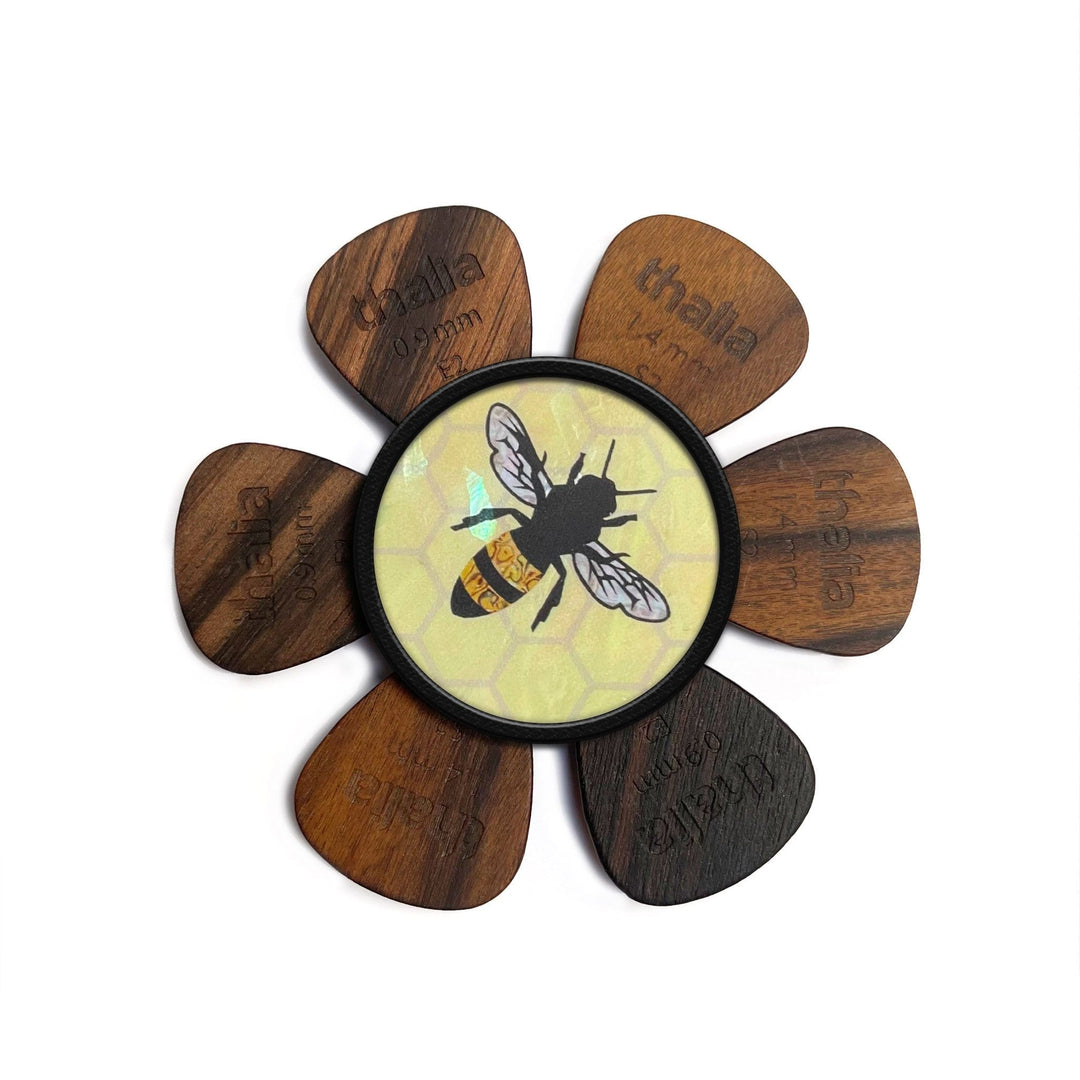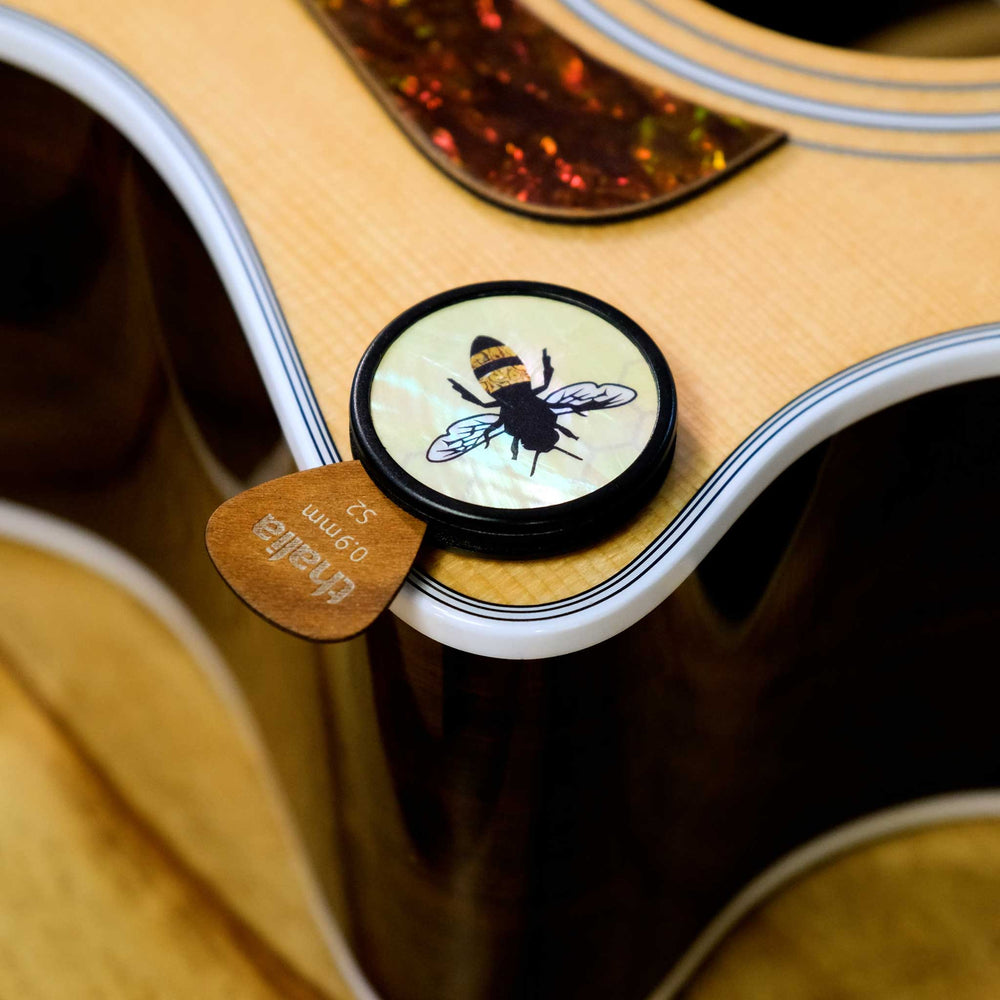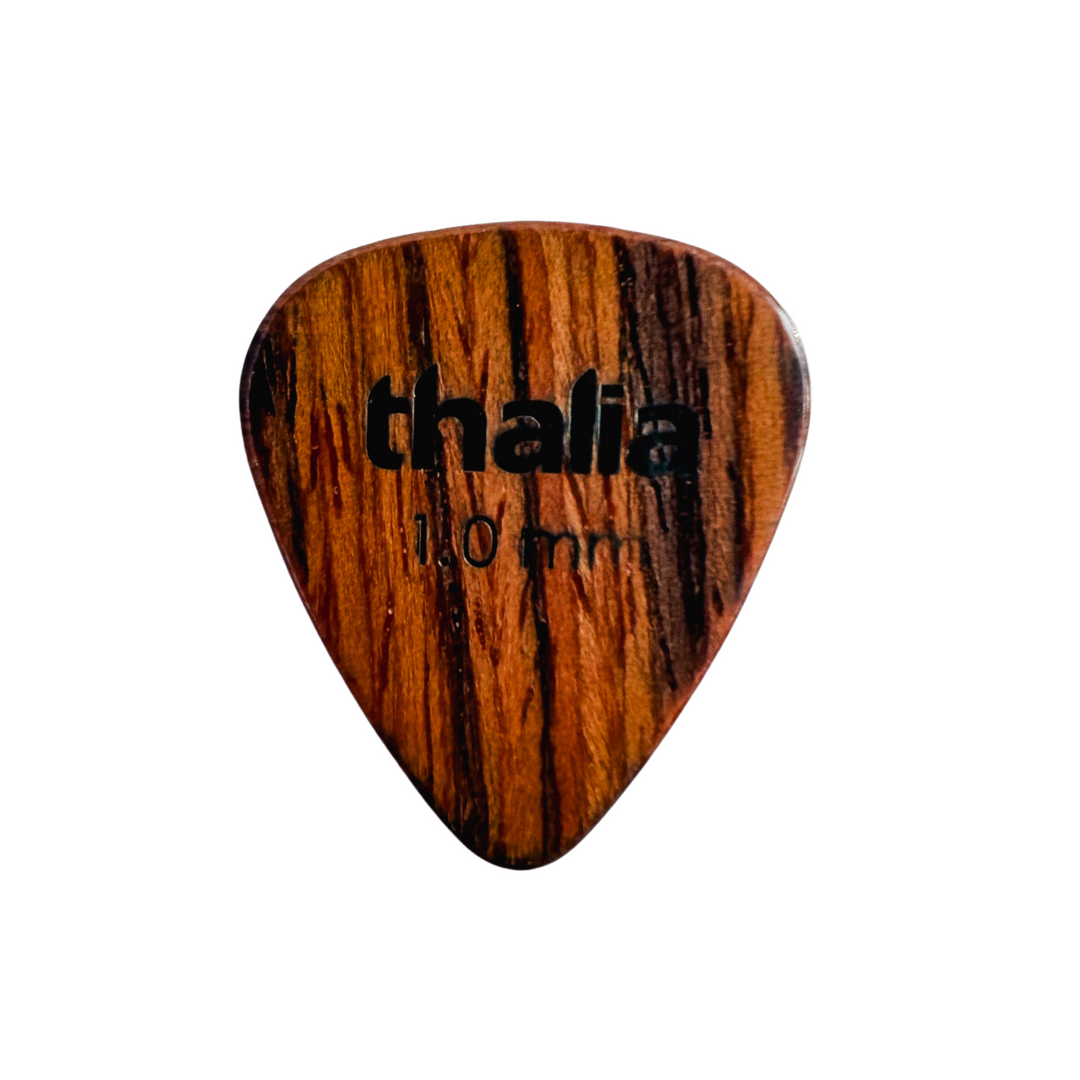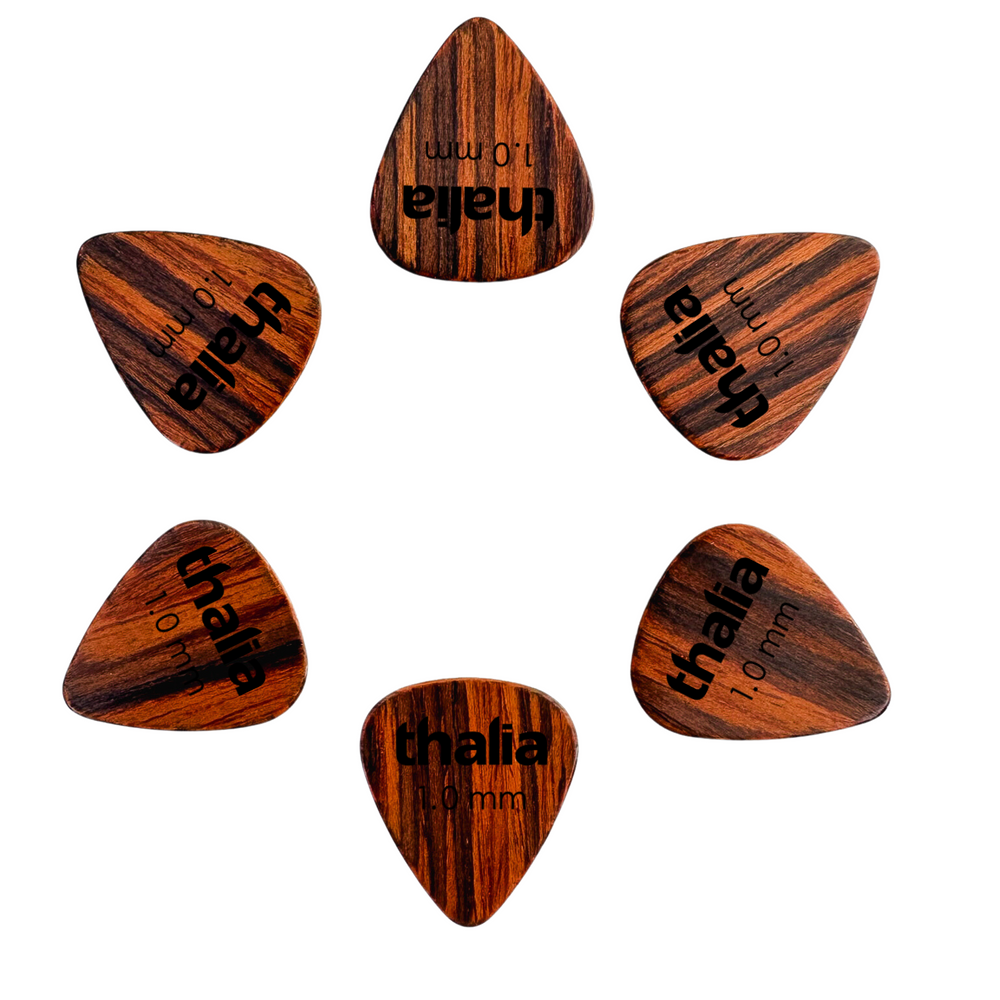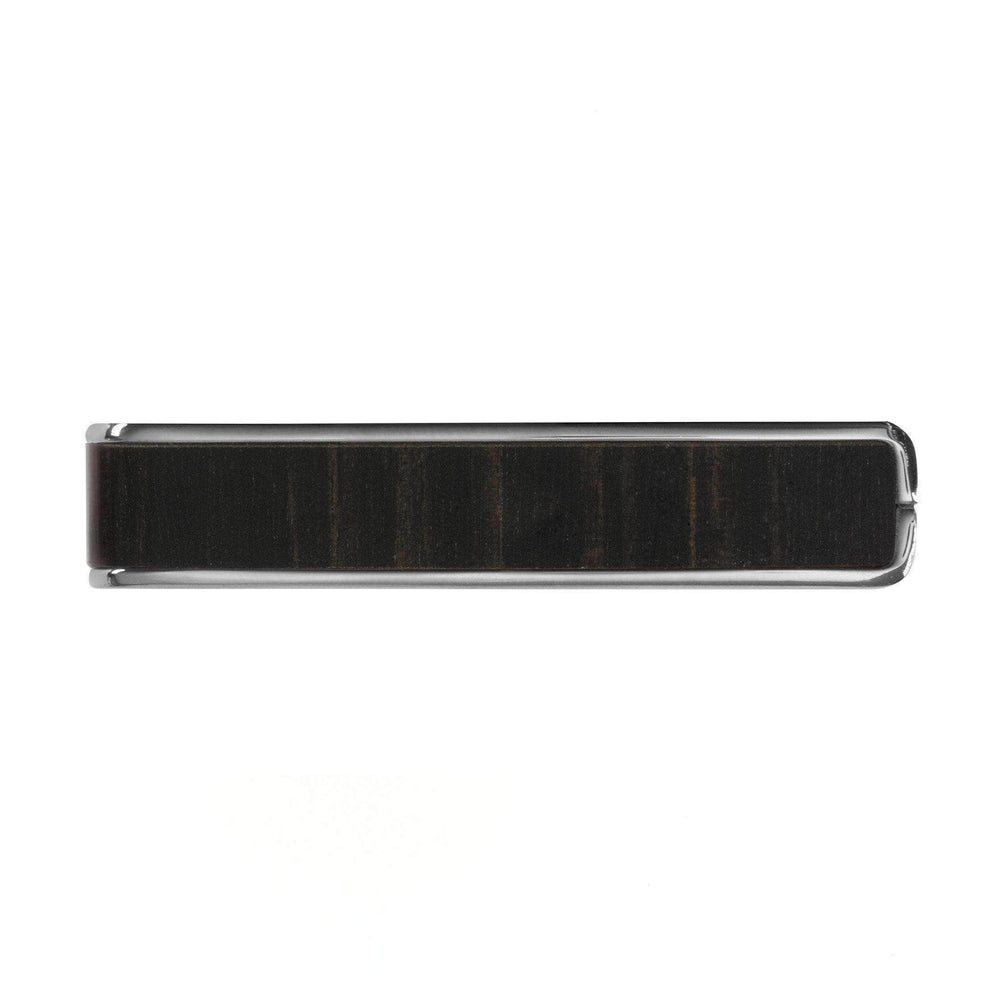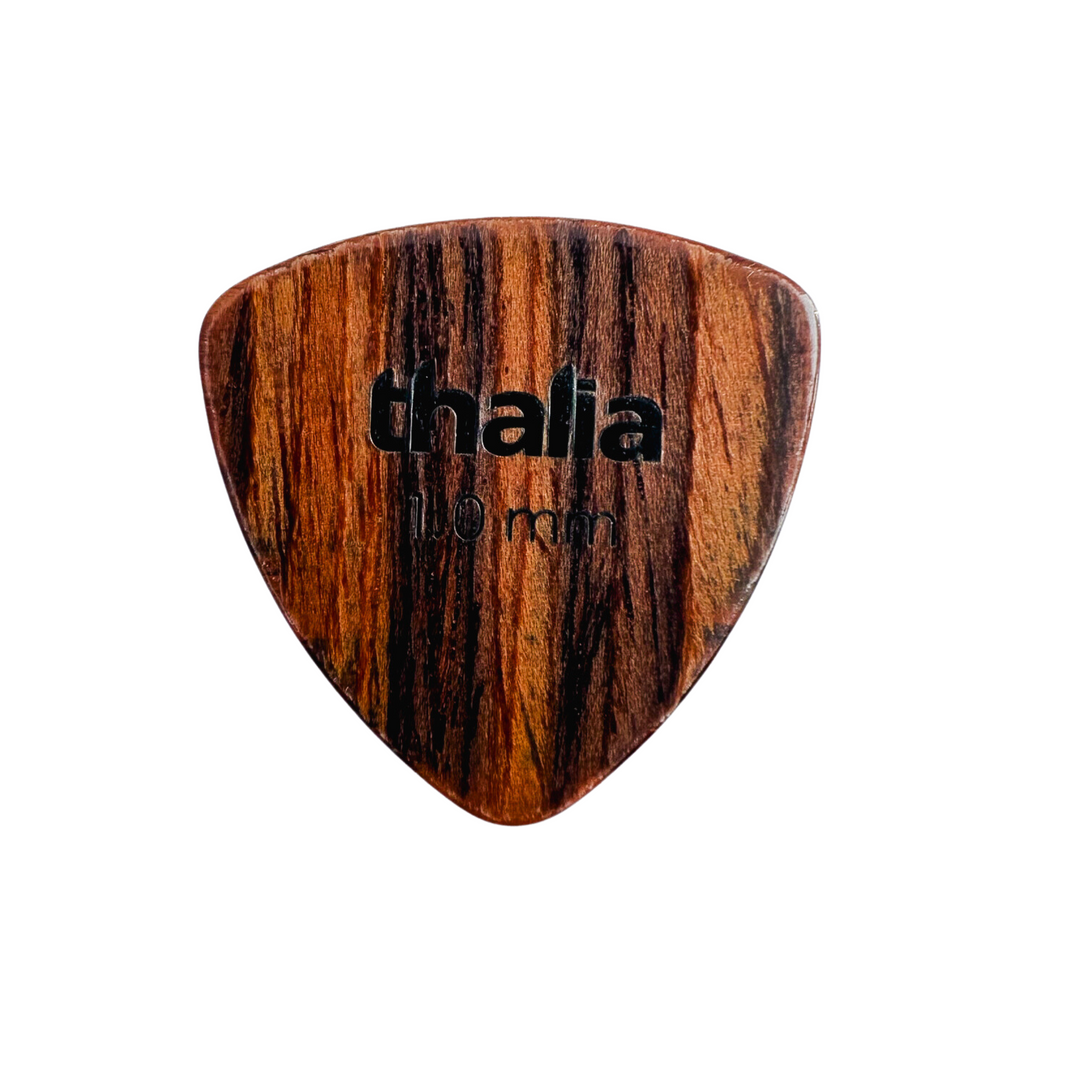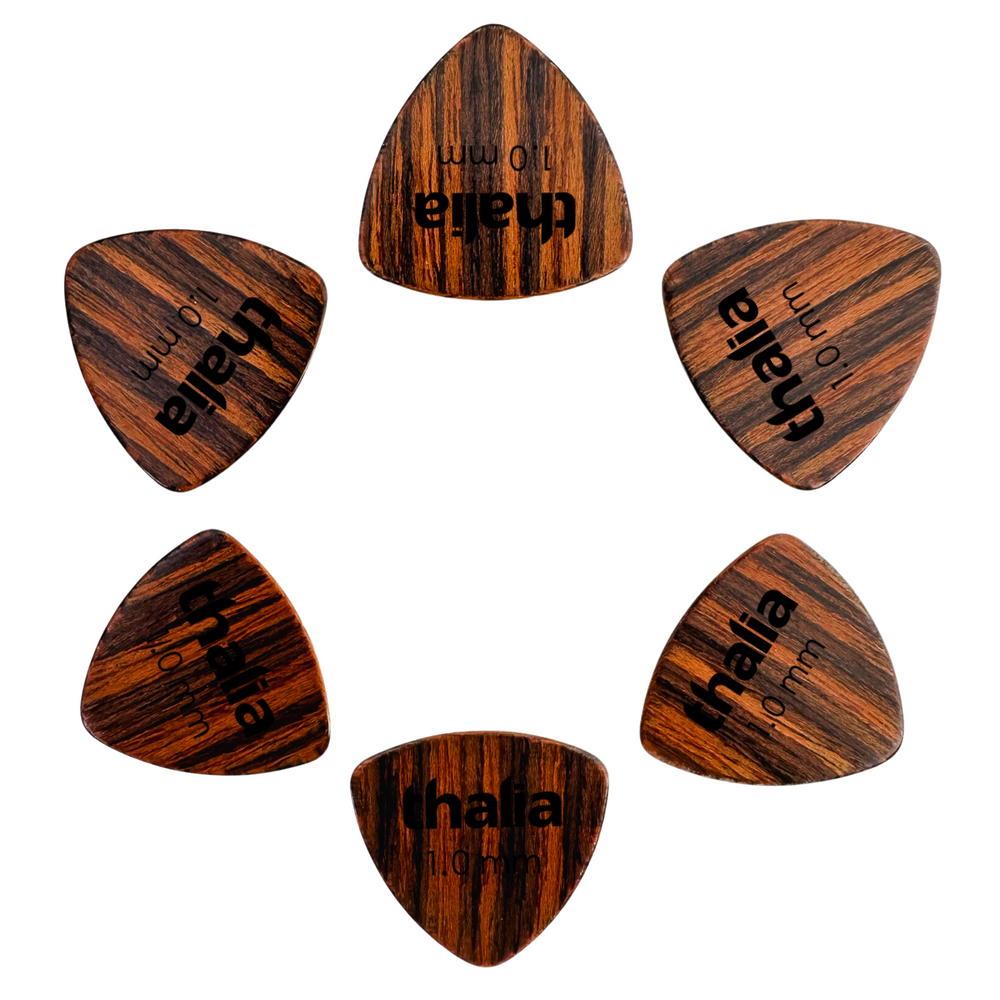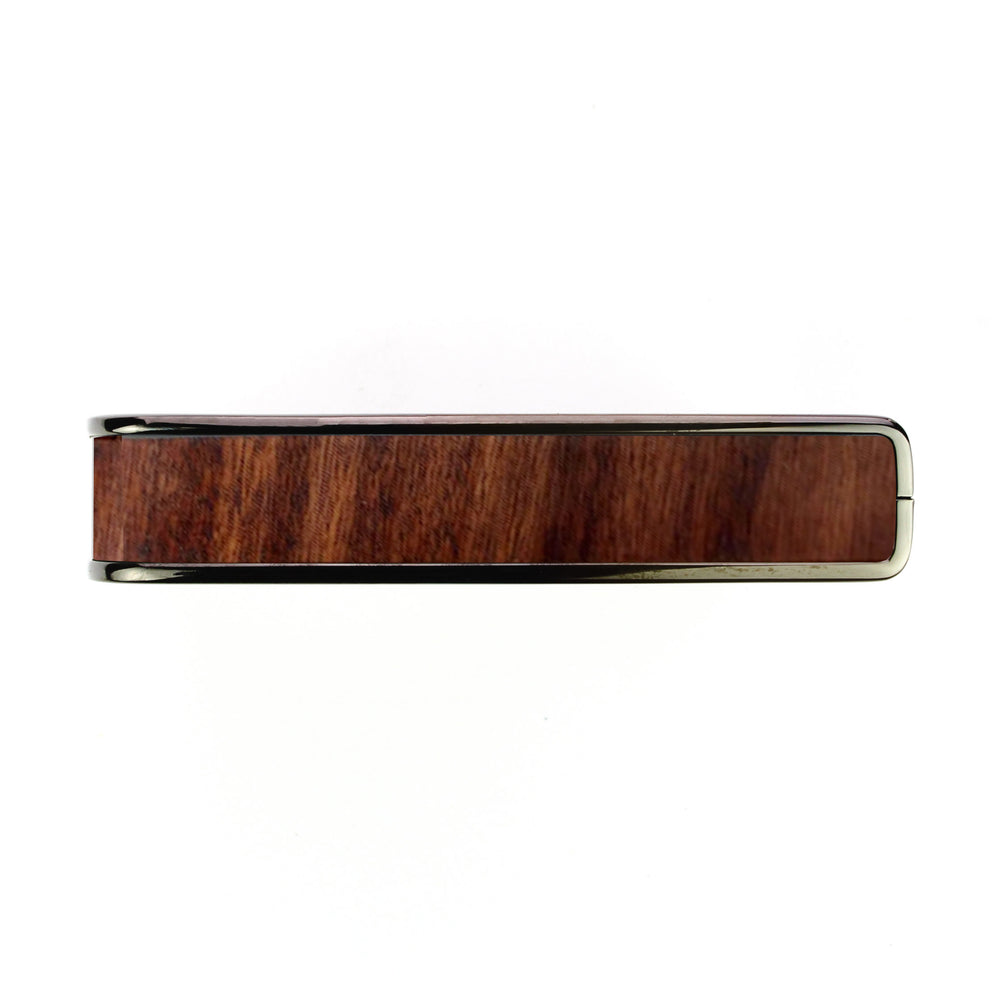There’s no bad music

As guitar players, we remember what wanted us to pick up the instrument. Usually, it’s a riff, a solo, a song, or seeing our heroes on stage doing their thing (the rock gods that they are).
As we grow and listen to more guitar music for inspiration, we risk being musically one-sided in our habits. Sure, guitar music is great, but what about the rest?
Having a balanced diet of music can have many benefits, both in our enjoyment and inspiration.
So, why listen to other stuff?
That’s always the question, right? If we dig what we dig, why venture out of that?
For one thing, it helps keep our ears and minds fresh. After listening to tons of guitar-based music, you do hit a saturation point where you do want to listen to something else. It can be possible to have too much of a good thing. Sometimes, a trip into another genre is all you need to clear your mind.
As musicians, it can introduce us to new harmonic, melodic and sonic ideas. If you listen strictly to 12-bar blues, you’ll likely only think in terms of 12-bar blues. Why not listen to how blues is played in jazz idioms? What about country blues? What are some of the note choices that they are making? What about their selection of chords? And since you’re diving into other genres? What are they doing in other songs? Before you know it, you’ve fallen down a rabbit hole of inspiration and ideas that you can apply to your playing.
It can also help you grow as a musician and listener. As music fans, it can be easy to fall (unintentionally) into a form of “snobbery,” where this music is terrible, and this music is good. There is no such thing as bad or good, only what you like and don’t like. Shutting out certain songs, bands or genres because they fall into assumed “bad” forms of music can undoubtedly deprive you of something potentially inspiring or (at the very least) fun to listen to. Always be open-minded, which will help build your appreciation for all music.
Need more convincing? Here are some examples to consider.
Yngwie Malmsteen - Classical Music
The Swedish king of neo-classical shred has been setting fretboards ablaze with his prowess since his days with Alcatraz in the early 1980s. His debut album, Rising Force, is also often credited with kickstarting the shred genre upon its release in 1985.
Part of what made him stand out from the typical pentatonic-based guitarists was a sound influenced by classical music, particularly the music of Johann Sebastian Bach, Antonio Vivaldi and violin virtuoso Niccolo Paganini. Just a quick listen to the song “Black Star” off of Rising Force reveals his use of violin-esque runs, vibrato and scales such as the harmonic minor, something not often heard in rock n’ roll up to that point. It did, however, set him apart from many of his contemporaries.
Tom Morello - Hip-Hop and Rap Music
If you’re a fan of Tom Morello’s unorthodox playing style, you can thank Jam Master Jay and Run-DMC, Terminator X and the Bomb Squad with Public Enemy, and other seminal hip-hop groups.
Morello had some of your typical rock idols, such as Randy Rhodes and Kiss. His political leanings did draw him to the world of politically-charged Hip-Hop. Inspired by what he heard sonically, his attempts to recreate the various sounds made by turntables and samplers contributed to Rage Against the Machine’s sonic pallet, as he told Pitchfork:
In Rage Against the Machine, I was the DJ in the band. And at the top of the list of my DJ influences were Terminator X and the Bomb Squad, who made those Public Enemy records. I would practice that. How do I create it? It’s not practicing Chuck Berry or Keith Richards or Yngwie Malmsteen licks. When you’re practicing those crazy productions on the electric guitar, you’re not gonna end up sounding like Eddie Van Halen.
One listen to something like the solo to the song “Bulls on Parade” from Rage Against the Machine’s Evil Empire album, you hear some great evidence of that influence:
Had he not explored new and unorthodox sounds, it would be hard to say if he would have stood out as he has in the world of riffs and licks.
Derek Trucks - Indian Music
Trucks’ influences seem rather obvious. Take a little Duane Allman, a little Ry Cooder, a dash of Sonny Landreth, and you get most of what makes him tick. Another influence has made it into his playing and one that is not obvious to Western ears: sarod playing.
His use of single-string lines in his playing is a direct influence of sarod music, particularly that of the late Ali Akbar Khan, with whom Trucks studied for a time. He told Guitar World in 2022: “Playing on one string can almost emulate the human voice. A lot of that came from hearing Ali Akbar Kahn on the sarod.” You can hear and see that influence with his playing with some of the single-string lines he plays—certainly a much different take than from most traditional slide players and more unique.
Al Di Meola - Latin Music
Though he came into public consciousness as a fusion-fueled shredder in the band Return To Forever, alongside Chick Corea, Stanley Clark and Lenny White), Al Di Meola has a strong love and reverence for Latin music.
Di Meola’s proximity to New York City probably played a role, allowing him to immerse himself in several genres, as he said in an interview with Berkley Online:
Living in New Jersey, close to New York City, I could easily go into the city to hear all kinds of music. I went to Latin music clubs, jazz clubs in the Village, and to rock shows at Fillmore East. All of it was inspirational, you learn as much from listening and watching as you do from lessons.
These influences are pretty evident in much of his solo work, from songs like “Mediterranean Sundance” from 1977’s Elegant Gypsy, to the World Sinfonia albums of the 1990s and beyond, to albums such as 1996’ Di Meola Plays Piazzolla, an album of Astor Piazzolla tango music.
These cases are just the tip of the iceberg in a very long list: George Harrison (Indian music), Eric Gales (gospel organ music), Dickey Betts (bebop jazz), Paul Simon (South African pop music), Steve Morse (jazz horn players), Eddie Van Halen (big band jazz and swing), Frank Zappa (contemporary orchestral music), among many others.
So don’t be afraid to turn on some pop, some disco, some classical music, or anything else out of your musical comfort zone. You never know what you’ll stumble upon that lights another spark in your musical mind.
By Kevin Daoust - instagram.com/kevindaoust.gtr
Kevin Daoust is a guitarist, guitar educator and writer based in Gatineau, Quebec, Canada. When not tracking guitars for artists around the world, or writing music-related articles around the internet, he can be seen on stage with Accordion-Funk legends Hey, Wow, the acoustic duo Chanté et Kev, as well as a hired gun guitarist around Quebec and Ontario. He holds a Bachelor of Music in Guitar Performance from Carleton University in Ottawa, Ontario, Canada.








